#WW II
Explore tagged Tumblr posts
Text
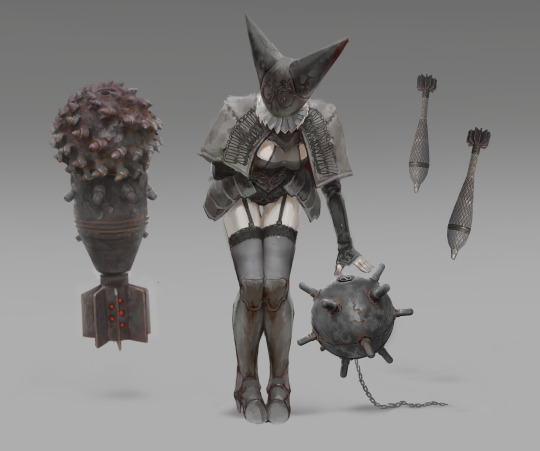
Artillery witch from Trench Crusade fanart.
440 notes
·
View notes
Text

Cat in a hammock aboard the Royal Canadian Navy destroyer HMCS Iroquois. 1944
516 notes
·
View notes
Text
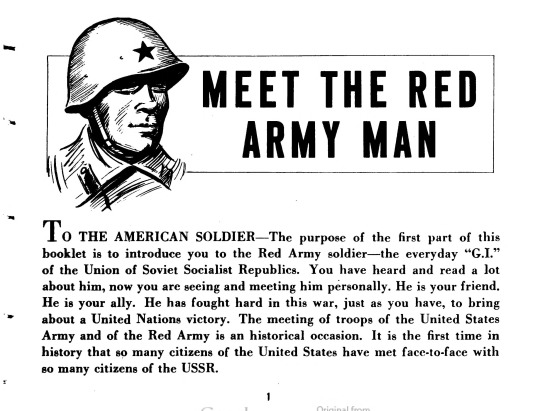
As the great armies of the US and the USSR converge on Germanay, page 1 of a pamphlet educating American soldiers about their new comrades, soldiers of the Red Army.
Our Red Army Ally. April 23, 1945.
Internet Archive
1K notes
·
View notes
Text

Betty White was a 20 year-old budding model and actress whose career was just taking off when she put it all on hold to join the American Women's Voluntary Services as a truck driver, where she transported supplies to various Army barracks across California. Often working 16 hour days, she drove trucks for the duration of the war before resuming her acting career. "It's the least I could do to support those precious boys overseas" she said of her time as an Army truck driver during WWII.
#betty white#us army#army women's voluntary services#1940s#ww ii#wwii#hollywood#old hollywood#20th century#40s#war effort#celebrities who served
571 notes
·
View notes
Text




Erin Kellyman in 'Blitz' (2024) dir. Steve McQueen
#blitz#blitz movie#blitz 2024#erin kellyman#doris#saoirse ronan#jade claymore#willow 2022#willow series#kit tanthalos#tanthamore#save willow#willow#willow tv#jade x kit#kit x jade#enfys nest#star wars#sw#sw solo#the falcon and the winter soldier#tfatws#karli morgenthau#pin up#40s#ww ii
290 notes
·
View notes
Text

Mobile Unit and Red Cross nurses at an ARP centre in Southgate keep warm and keep fit with a game of leapfrog, WW II, England - by A. R. Tanner, English
187 notes
·
View notes
Text
Noor Inayat Khan: The Princess Spy
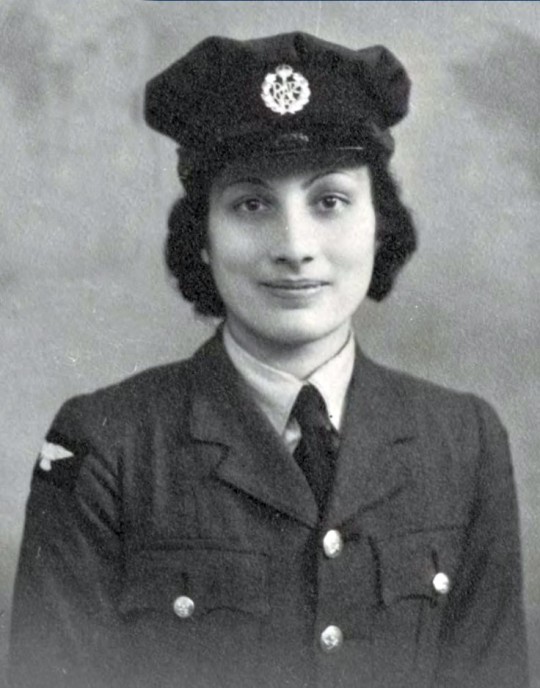
Few people of colour are ever recognised for their efforts during WW1 and WW2, but even more so, women of colour are brushed aside and purposefully erased as they not only challenge the whitewashed history of the world wars, but they also challenge the perception that only men fought, bled, and died for the end of wars.
Noor Inayat Khan is one of those women of colour. Purposefully swept into the dark by both governments and social media, she is history's forgotten spy who helped the allies at their time of need.
The story of Noor Inayat Khan begins in Moscow; born on the 1st of January 1914, her father was an Indian Muslim and her mother was an American. A musician and Sufi teacher, Noor's father Inayat Khan was a descendant of Tipu Saltan, who ruled the Kingdom of Mysore, South India; her mother, Pirani Ameena Begum was a poet, and the two had met whilst he was travelling to America. They married, and had three children after Noor.
Only months after the birth of their beloved daughter Noor, world war one had broken out, so the family had decided to flee Moscow, and they settled in the Bloomsbury area of London, England.
In England, Inayat faced suspicion; his pro-Indian views drew racist surveillance from the British government and British officials.
From 1914 until 1920/1921, the family lived in England before moving to France; they had a house near Paris, where Noor would grow up.
When she was 13, in 1927, Noor's father died, and left her, her mother, and three siblings; the eldest daughter, Noor took it upon herself to shoulder the responsibility of the family. Her sense of duty unwavering as she fought to look after them.
As a young woman, Noor would begin to study; she was a student at Sorbonne, where she did courses on child psychology, and engaged in music at Paris Conservatory. Taught and mentored by Nadia Boulanger, she embraced her family's musical nature.
She flourished as a children's writer, creating and carving a career for herself at a children's magazine where she would write both English and French versions and in 1939, she would publish her book "Twenty Jataka Tales" in London.
But war would not escape Noor, and when the second world war broke out, her career was paused; she moved to England with her family in June of 1940, leaving Paris and avoiding the German Nazi invasion by using Bordeaux.
Upon arrival to England, the family stayed with Basil Mitchell; Mitchell had been a fan of Inayat Khan's teaching, and welcomed the family with open arms.
However, although Surfi beliefs greatly emphasise non-violence and non-violent action, Noor and her brother knew that they had a duty to help in the war effort against the Nazis in any way that they could; in November, Noor officially signed up.
She originally joined the Women's Auxiliary Air Force, where she was taught how to become a wireless operator. Within a year, she was promoted, and sent to the training schools where bombers were being taught; by 1943, she was promoted again, and joined the French section of the S.O.E. She was required to take special training as a wireless operator again - only this time, she was sent to Occupied France.
Noor was the first woman to hold such a position - the first wireless operator for the S.O.E in Occupied France, was a Muslim woman of colour.
Noor's own ideology, influenced by religion and the culture of her father, became apparent; she was repulsed by Nazism, repulsed by racism, and would do anything that she could to stand up for those who were subjugated. She would fight for anyone who was marginalised, and would have made any sacrifice for them.
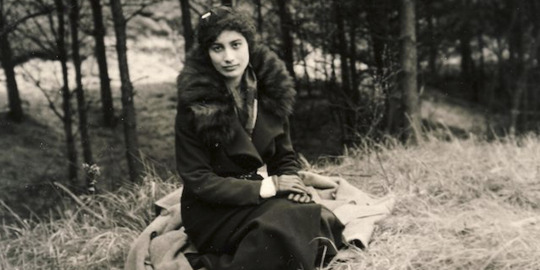
She also believed in Indian Independence away from the British crown and government, something that she had personal history with, as her three times grandfather, Tipu Saltan, had died whilst fighting against British occupation.
Noor was aware of the dangers that working for the S.O.E presented, however, and she was more than aware of the dangers that she would face; but she strived to fight against Nazism nonetheless.
Training was difficult for Noor; she had to undergo mock Gestapo investigation and interrogation, she was forced to undertake training methods that would make most men crumble. But Noor was an all too competent woman to the point where her superiors would argue if she was really "right" to serve because of her skin colour, her religion, and her status as a woman.
Noor also wasn't an athlete, and could be rather sensitive at times, both of which were massively outweighed by her determination, her resolve, her will, her sense of duty and her beliefs. Eventually, she was allowed to go.
But before she was destined to step into the field, her brother pleaded with her not to go; they were a pacifist family, and if she got into a violent confrontation (which was bound to happen), then it would be a conflict of faith.
French intelligence officer Vera Atkins met with Noor at a restaurant in Mayfair before Noor's first mission; it was Noor's final, and only, chance to back down and back away without consequence. It could not be stated enough by Atkins at the key to success was Noor's confidence in herself; she asked Noor if she was satisfied, and if she could complete the mission, to which Noor responded with one word: "yes".
Atkins, however, was one of very few who knew what was eating Noor; leaving her family behind, and keeping such massive secrets from them, as well as their pacifist beliefs, had lead to an immense amount of guilt. But Atkins was smart, and arranged with Noor a plan; the Khan family would be kept up to date on good news, and if anything were to happen or something were to go wrong, Noor's mother would be the one to know as soon as all hope and sign of Noor coming back had disappeared.
The arrangement was enough for both women to agree, and soon enough, Noor was sent into the field.
Fluent in French and highly competent as a wireless operator, Noor was a shining star amongst her team, and became one of the most important members; she had proved all the racist and misogynistic and Islamophobic men who had doubted her wrong with shining colours.
Gaining the code-name Madeleine, Noor was flown out on the 16th of June 1943; she was tasked with finding and contacting Henri Garry in Paris, and from there, she would take on the role as a wireless operator in Le Mans.
At the same time, the Gestapo were working on finding out the secret networks that the French resistance had set up; Noor was sent to a safe house in France, where she would begin her work - she was the only agent in transmission in Paris, working under the banner of the Prosper network of the French resistance, most high ranking agents had been captured within days of Noor arriving.
The Gestapo were closing in, however, and Noor found herself having to move and evade them at every turn; a cat and mouse game had begun, and Noor was not about to allow herself to get caught by the scum.
For four months, Noor would change her appearance and address, and continued to transmit messages as often as she could; at the end of those four months, she had to do it all over again.
The Gestapo had wind of Madeleine, and had gotten her description; like rabid dogs, they chased her relentlessly. For months, Noor evaded them with all of her wits and her cunning and intelligence.

On the 14th of October, Noor intended to set a course back to England; one month before it was to become true, she was betrayed by the French, and was captured by the Gestapo pigs.
Beaten and bloodied, Noor was taken to the Gestapo headquarters in Paris, and was brutalised; she attempted to escape twice, but was caught both times. She had her copies of secret signals on her person, and the Gestapo found them; they used Noor's signals to trick and murder other S.O.E agents.
It wasn't long before Noor was sent elsewhere, and she arrived at Pforzheim prison in chains, and was immediately sent to solitary confinement; she was tortured regularly, and as highly dangerous as she was, Noor was also relentless. She never spoke a single syllable of withheld information.
She had looked death in the eye, and spat in the face of it.
Attempting to communicate with others, she scratched her name into items, including bowls and plates, and hoped another of the inmates would recognise her; cunning and intelligent, Noor never gave up.
In September of 1944, however, the situation grew worse, and Noor was sent to Dachau along with three other female S.O.E agents. They were sent on the 11th of September.
Two days after her arrival at the death camp, Noor was tortured even more along with her comrades; they were shot and killed. She was only 30 years old.
After the war, her memory was honoured when she was awarded the Croix De Guerre and the George Cross.
Noor Inayat Khan was more than a name. More than a princess or a spy, and was more than a legend; she was relentless, determined, courageous and strong. She was a woman who believed in putting others before herself, and she paid the ultimate price for it - only to be pushed aside and forgotten about in favour of white men, and in favour of keeping her memory buried.
Noor deserves better than that.
#noor inayat khan#world war 2#world war ii#world war two#ww2#ww 2#wwii#ww ii#muslim history#indian history#british history#french history
41 notes
·
View notes
Text
WWII’s Most Incredible Act of Mercy
Ye Olde Pub Story
40 notes
·
View notes
Text

18 year-old Private George Kennedy (1943)
At the height of World War II in 1943, George Kennedy enlisted in the Army while still in high school. Originally he wanted to be a pilot in the Air Corps, but at 6'4" he overshot the pilot height limit of 6'2". He was eventually assigned to the Infantry and was sent to fight in Europe. He served under General George Patton in the 99th Infantry Division's Cannon Company, 395th Infantry Regiment, and saw action in North Africa, Anzio, and the Battle of the Bulge.
After the war, George was assigned to the Army Signal Corps as a Public Communications Officer where his baritone voice landed him on the air as a radio host and DJ on the Armed Forces Radio Network. Eventually he helped establish the Army Information Office under General William Westmoreland at the Pentagon, which provided technical services to the film and television industries. It was in this capacity that George served as Army technical advisor on The Phil Silvers Show (Sgt. Bilko) and set his future career in motion.
George served 16 years in the Army before heading to Hollywood. Before retiring at the rank of Captain, he earned 2 Bronze Stars for valor and four rows of service medals, including the Presidential Unit Citation, the American Campaign medal, the Europe/African/Middle Eastern Campaign medal, the World War II Victory medal, the Army Occupation medal, and the National Defense Service medal.

#george kennedy#us army#us armed forces#infantry#ww ii#celebrities who served#veterans day#hollywood#old hollywood#classic hollywood#20th century#november 11#academy awards#academy award winner#oscar winner#99th infantry#395th infantry regiment#battle of the bulge#battle babies
36 notes
·
View notes
Text

1939 İstanbul
27 notes
·
View notes
Text

Stigmatic nun VS Heretic legion. Trench Crusade fanart.
#my art#wargames#illustration#trench crusade#ww ii#heretic#grimdark#dark fantasy#fanart#armor#knight art#warrior of light
47 notes
·
View notes
Text

A ship's cadet uniform of a Boy who served aboard the German Panzerschiff Admiral Graf Spee, c. 1937
#naval history#naval artifacts#uniform#ww ii#german imperial navy#age of steam#photo by me#midshipman monday
119 notes
·
View notes
Text

Gas! Know your chemical warfare. 1944.
Internet Archive
235 notes
·
View notes
Text
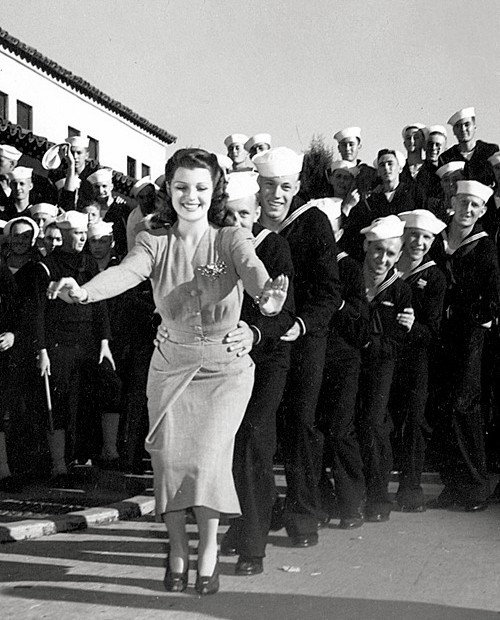
Rita Hayworth leading a conga line of sailors in 1943
#rita hayworth#wwii#sailors#us navy#conga line#20th century#hollywood#old hollywood#classic hollywood#nostalgia#1940s#40s#ww ii
276 notes
·
View notes
Photo

Anonymous. German POWs in Moscow. 17 July 1944
Follow my new AI-related project «Collective memories»
#BW#Black and White#Preto e Branco#Noir et Blanc#黒と白#Schwarzweiß#retro#vintage#war#guerra#WW II#WWII#Moscow#USSR#URSS#UdSSR#POW#Moskau#Moscou#1944#1940s#40s#history#historico#histoire#história#Geschichte#記録#史籍#由来
44 notes
·
View notes
Text
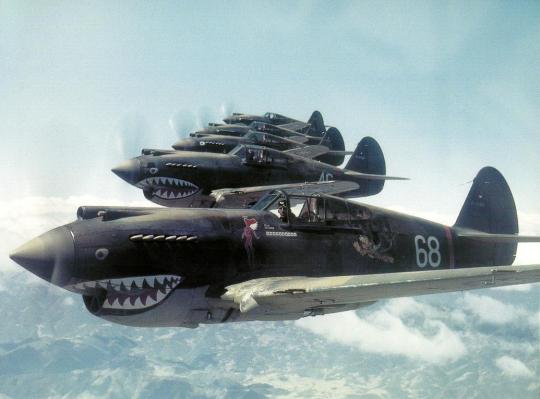
Chasseurs Curtiss P-40 Warhawk des Tigres Volants (1st American Volunteer Group) en formation au-dessus de la rivière Salouen (Salween River) à la frontière sino-birmane – Campagne de Birmanie – Guerre du Pacifique – 28 mai 1942 Photographe : R. T. Smith ©San Diego Air & Space Museum
#military#aircraft#air force#WW II#second world war#world war ii#aviation history#aviation#military aviation#pacific war#guerre du pacifique
156 notes
·
View notes